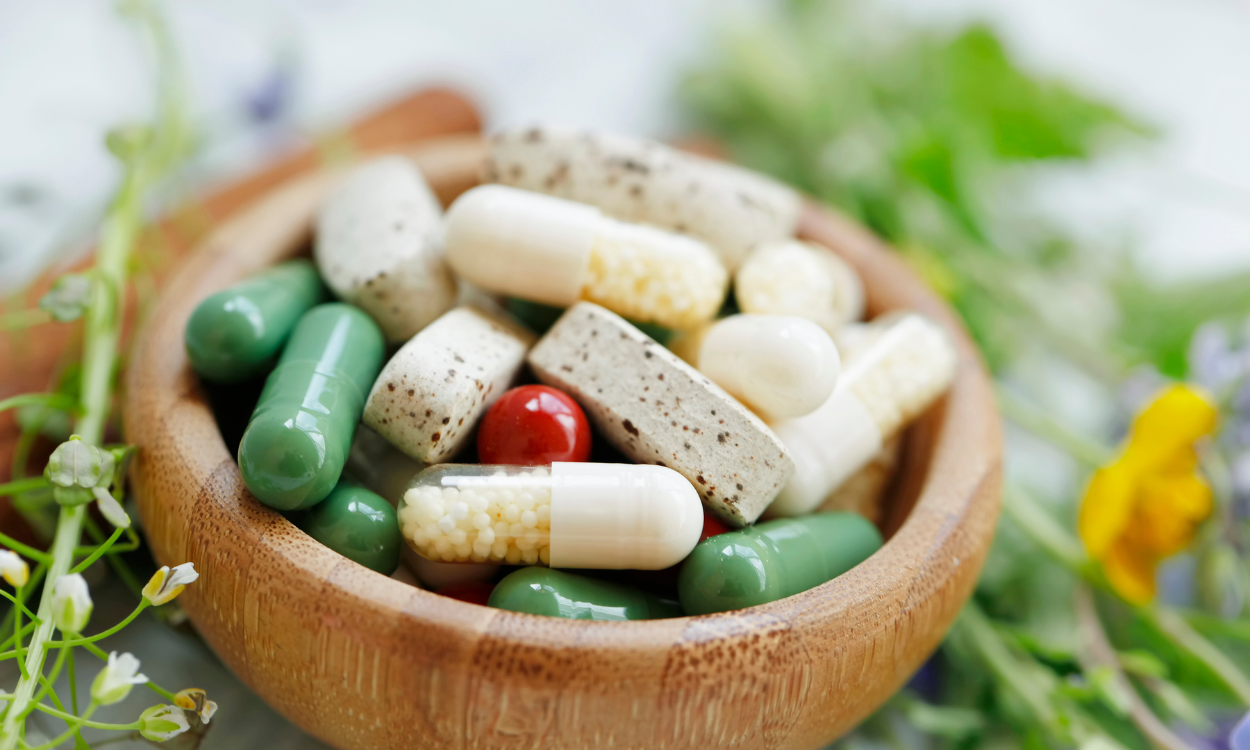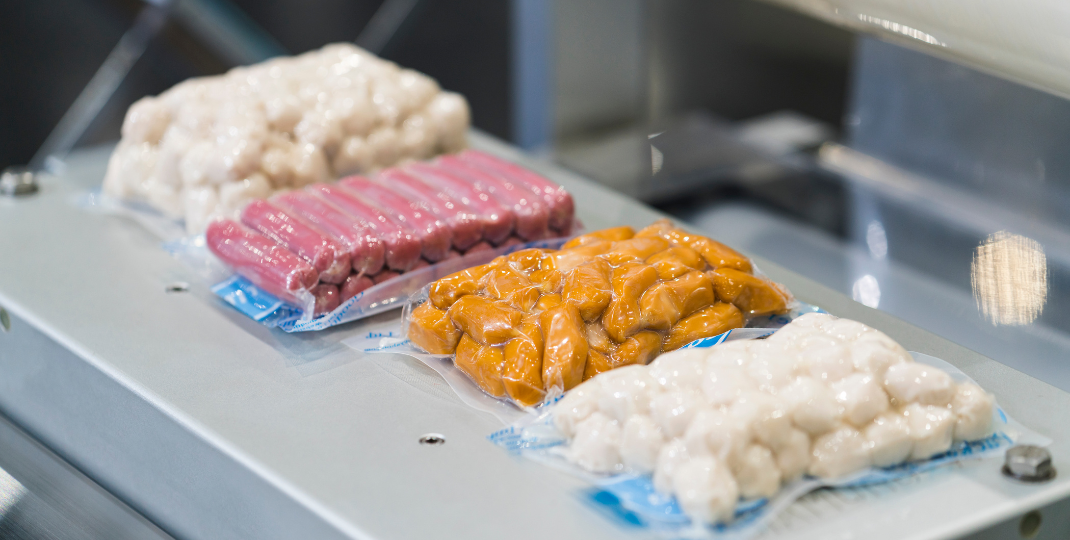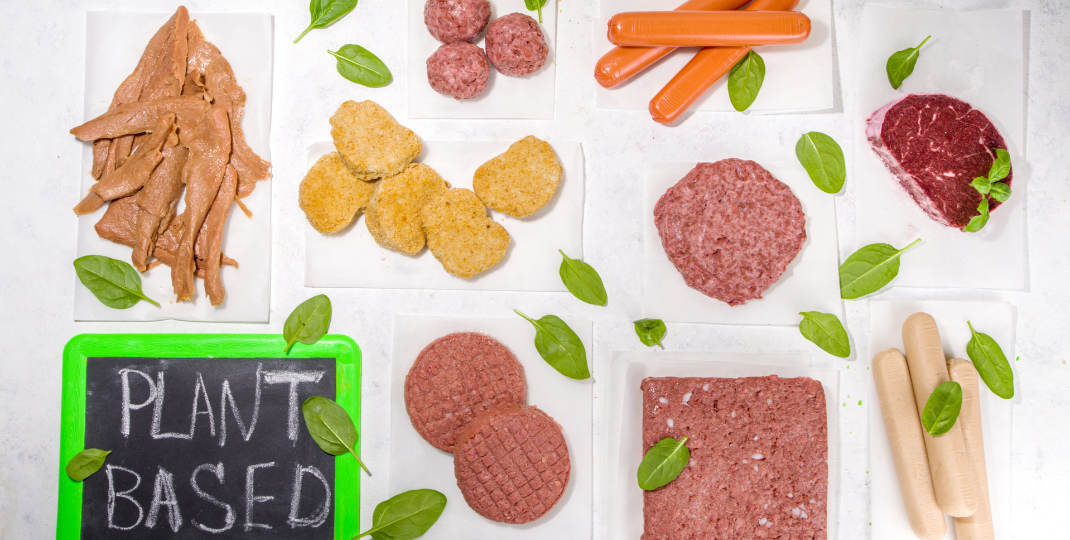Single cell protein (SCP) refers to the microbial biomass derived from unicellular organisms, such as bacteria, yeasts, or algae, that can be used as a source of high-quality protein. SCP production involves cultivating these microorganisms in large-scale fermenters under controlled conditions, providing them with appropriate nutrients and environmental factors for their growth and reproduction. This process yields a protein-rich biomass that can be harvested and processed into various forms, including powders, flakes, or liquids, which can then be used in animal feed, human nutrition, and other industrial applications. SCP production offers an efficient and sustainable alternative to traditional protein sources, such as meat or soybeans, as it requires fewer resources, has a shorter cultivation cycle, and can be produced using waste materials or non-arable land.

What is Single Cell Protein and Why is it Important?
Single cell protein (SCP) refers to the microbial biomass that is used as a source of protein for human or animal consumption. SCP can be produced using various microorganisms such as bacteria, yeasts, algae, and fungi, which are grown on organic waste materials or other inexpensive substrates. It is important because it offers a sustainable and efficient way single cell protein and its production to address the increasing global demand for protein-rich food. SCP has the potential to provide a high-quality protein source that requires less land, water, and resources compared to traditional protein sources like meat and soybeans. Additionally, it can help in reducing food waste by utilizing organic residues and by-products from various industries.

How is single cell protein produced?
Single cell protein (SCP) is produced through the cultivation of microorganisms, such as bacteria, yeast, or fungi, which have high protein content. These microorganisms are grown in bioreactors under controlled conditions, providing them with a suitable environment for growth. They are supplied with a carbon source, such as glucose or ethanol, and other necessary nutrients like nitrogen, minerals, and vitamins. As they multiply and grow, these microorganisms accumulate proteins within their cells. Once the desired level of protein production is achieved, the cells are harvested, separated from the culture medium, and processed further to obtain SCP. This can involve steps like cell disruption, drying, and purification. The resulting single cell protein can be used as a valuable source of protein for human or animal consumption, providing an alternative to traditional protein sources like meat or soybeans.
What are the advantages and disadvantages of using single cell protein as a food source?
### What are the different sources of single cell protein?
Is single cell protein safe for consumption?
Single cell protein (SCP) refers to protein derived from microorganisms such as bacteria, yeast, fungi, and algae. These microorganisms can be cultivated using various sources, including agricultural wastes, industrial by-products, and organic materials. Some common sources of SCP include molasses, whey, corn steep liquor, soybean meal, sewage sludge, and other carbon-rich substrates. The microorganisms utilize these substrates as a source of nutrients for growth and proliferation, eventually producing protein biomass that can be harvested and used as a food or feed ingredient. SCP production offers a sustainable and efficient alternative to traditional protein sources, with the ability to convert low-value organic materials into valuable protein resources.
Can single cell protein be used as a sustainable alternative to traditional protein sources?

Single cell protein (SCP) has several advantages as a food source. Firstly, it is a rich source of high-quality protein and essential amino acids, which makes it nutritionally valuable. SCP can be produced using various organic waste materials, reducing the dependence on traditional agriculture and minimizing environmental impact. It also requires less land and water compared to conventional livestock farming. However, there are some drawbacks to using SCP. Its production process can be energy-intensive and expensive, which may limit its scalability and affordability. Additionally, the taste and texture of SCP-based products may not be appealing to all consumers, leading to potential consumer acceptance challenges. Overall, while SCP offers promising solutions to address the growing demand for protein sustainably, further research and development are needed to overcome its limitations.

What are the potential applications of single cell protein beyond human food production?
Single cell protein (SCP) refers to the protein derived from microorganisms such as bacteria, fungi, and algae. SCP is considered safe for consumption as long as it is produced under controlled conditions and meets regulatory standards. The safety of SCP depends on factors such as the source of microorganism, production process, and purification methods employed. Extensive testing and research are conducted to ensure that the final product is free from harmful substances and pathogens. Additionally, SCP has been consumed for several decades in animal feed without any reported adverse effects, suggesting its safety for human consumption. However, it is essential to continue monitoring and assessing the safety aspects of SCP as technologies and production methods evolve.
What are the current challenges in scaling up single cell protein production for commercial use?
Single cell protein (SCP), which refers to protein derived from microbial sources such as bacteria, yeast, or algae, has the potential to be a sustainable alternative to traditional protein sources. SCP production can utilize non-arable land, require fewer resources like water and fertilizers compared to conventional agriculture, and can be produced year-round without being affected by seasonal variations. Additionally, SCP can be tailored to meet specific nutritional requirements and can be produced using waste streams or by-products from various industries, reducing environmental pollution. However, further research and technological advancements are needed to improve the scalability, cost-effectiveness, and consumer acceptance of single cell protein for it to become a widespread sustainable protein source.

A Comprehensive Overview of Single Cell Protein and its Production

The potential applications of single-cell protein extend beyond human food production and can be utilized in various sectors. One application is in animal feed, where single-cell protein can be incorporated to enhance the nutritional value of animal diets and improve livestock productivity. Additionally, it can be used in aquaculture to provide a sustainable and efficient protein source for fish and other aquatic organisms. In the field of biotechnology, single-cell proteins can serve as a valuable resource for the production of enzymes, pharmaceuticals, and biofuels. Moreover, they hold promise in addressing global food security challenges by offering an alternative protein source that requires less land, water, and resources compared to traditional agriculture.
The Benefits of Consuming Enough Mycoprotein for a Balanced Diet
One of the current challenges in scaling up single cell protein production for commercial use is the optimization of fermentation processes. Single cell proteins are typically produced through microbial fermentation, but increasing the scale of production introduces complexities such as maintaining optimal growth conditions, controlling contamination risks, and ensuring consistent product quality. Another challenge lies in selecting suitable raw materials for fermentation, as finding cost-effective and sustainable sources can be difficult. Additionally, there is a need for developing efficient downstream processing techniques to extract and purify the single cell protein at a larger scale. Lastly, there is a requirement for regulatory frameworks and consumer acceptance as single cell proteins are relatively new in the market, necessitating efforts to address safety concerns, establish standards, and educate consumers about their potential benefits. Overall, addressing these challenges is crucial for successful commercialization of single cell protein production.

In conclusion, single cell protein (SCP) holds significant potential as a sustainable and efficient source of protein. Its production involves the cultivation of microorganisms that are rich in protein content, such as bacteria, yeast, or fungi, using a variety of raw materials including agricultural waste, organic waste, or even carbon dioxide. SCP offers numerous advantages, including its high protein content, fast growth rate, minimal land and water requirements, and ability to use diverse feedstocks. Furthermore, it can be produced year-round, making it a reliable and consistent source of protein. With the rising global demand for protein and the need for more sustainable food production systems, the further development and implementation of SCP technologies hold great promise for addressing these challenges and ensuring food security for future generations.